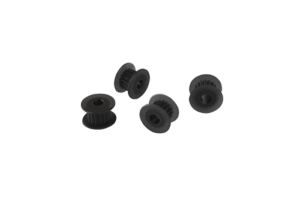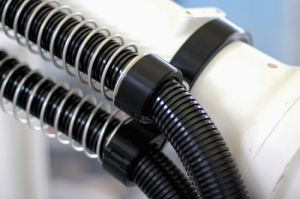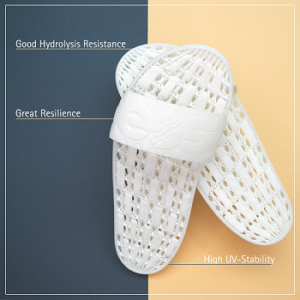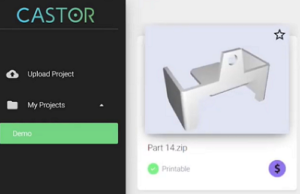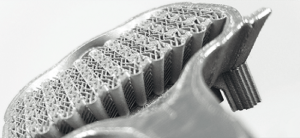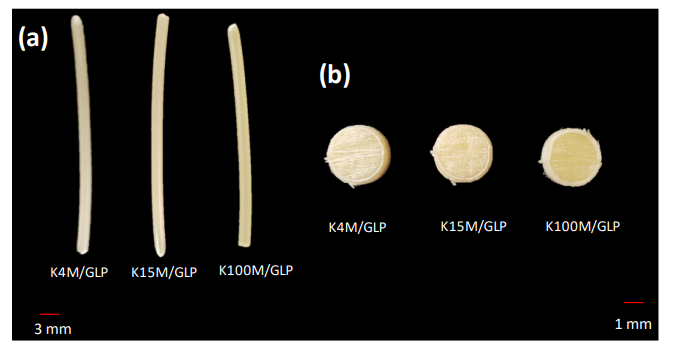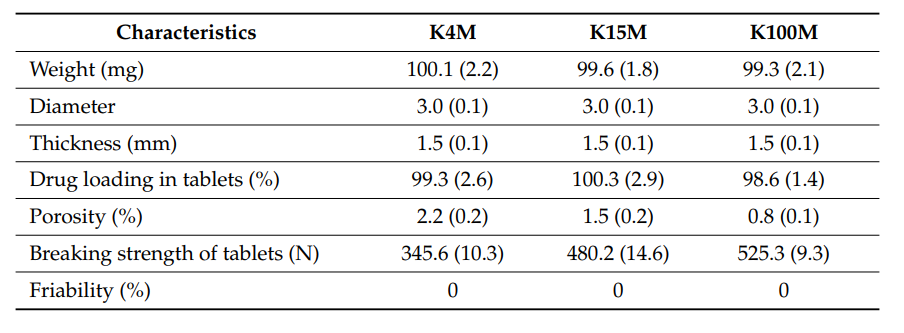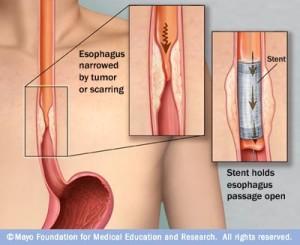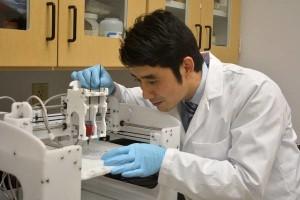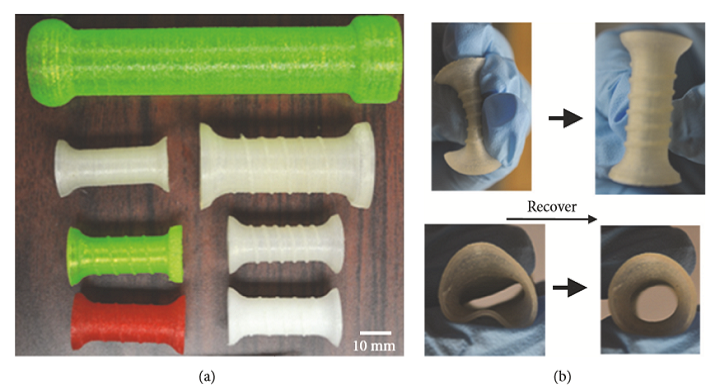We’re sharing materials and business news with you in today’s 3D Printing News Briefs. First up, M. Holland is distributing Braskem polypropylene filament, and Nexa3D has launched a new high-performance polymer material, in addition to partnering with 3DZ. Finally, Formlabs is expanding its APAC management teams.
M. Holland Distributing Braskem’s Polypropylene
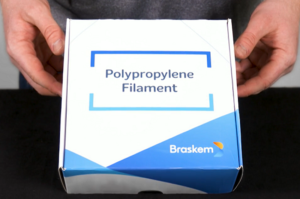 Thermoplastic resins distributor M. Holland Company is partnering with Braskem to exclusively distribute the petrochemical company’s new high-performance 3D printing polypropylene (PP) filament, enhancing its own material offerings in order to better support clients with applications development and prototype creation. Polypropylene typically has high failure rates with 3D printing, so M. Holland’s AM engineers tested out Braskem’s PP material first, and found that it generates clean surfaces, great layer adhesion, and better surface performance in support material. It features a proprietary formula, which allows users to achieve low warpage, consistent extrusion, and high stability, in addition to less stringing and more repeatable outcomes.
Thermoplastic resins distributor M. Holland Company is partnering with Braskem to exclusively distribute the petrochemical company’s new high-performance 3D printing polypropylene (PP) filament, enhancing its own material offerings in order to better support clients with applications development and prototype creation. Polypropylene typically has high failure rates with 3D printing, so M. Holland’s AM engineers tested out Braskem’s PP material first, and found that it generates clean surfaces, great layer adhesion, and better surface performance in support material. It features a proprietary formula, which allows users to achieve low warpage, consistent extrusion, and high stability, in addition to less stringing and more repeatable outcomes.
“The 3D printing market has seen increased adoption of additive manufacturing technologies and applications due to machinery commoditization and expanded material offerings. Our partnership to distribute Braskem’s 3D printing polypropylene products will enable injection molders to finally use genuinely 3D printable and easy-to-use polypropylene, opening up a world of applications,” said Haleyanne Freedman, Market Manager, 3D Printing at M. Holland.
Nexa3D Launches High-Performance xCE-Black Polymer
This week, stereolithography 3D printer manufacturer Nexa3D launched its new high-performance polymer material, xCE-Black, which is meant for high-speed printing of injection molding tools, heavy duty parts, and end-use plastic components, such as belt pulleys. Extensive testing by the company found that the single cure polymer exhibits long-term environmental stability and great isotropic properties, which makes it perfect for electronics, industrial, and automotive applications. xCE-BLack also has excellent thermal stability and higher flexural strength.
Brent Zollinger, Customer Success Lead at Nexa3D, stated, “When I needed to produce thousands of belt pulleys in our flexible factory overnight, I selected our new xCE-Black material for the job because of its high flexural strength and long-term stability. Within the first 2.5 hours into the project, I was able to print 2,000 pulleys in a single build or 13 parts every minute. That’s really fast and extremely practical for serial production of industrial parts.”
Nexa3D Announces Reseller Partnership with 3DZ
 More news today from Nexa3D, as the company is entering the southern European 3D printing market thanks to a new reseller partnership with 3DZ Group, the largest AM value-added reseller in that region and an authorized dealer of 3D printers and scanners for some of the industry’s biggest names, including Artec 3D, Formlabs, HP, Markforged, Materialise, and 3D Systems. 3DZ has offered AM services and consultancy to the industry for several years, and will be able to help grow Nexa3D’s global reseller network so the company can increase the distribution of its flagship NXE400 3D printer.
More news today from Nexa3D, as the company is entering the southern European 3D printing market thanks to a new reseller partnership with 3DZ Group, the largest AM value-added reseller in that region and an authorized dealer of 3D printers and scanners for some of the industry’s biggest names, including Artec 3D, Formlabs, HP, Markforged, Materialise, and 3D Systems. 3DZ has offered AM services and consultancy to the industry for several years, and will be able to help grow Nexa3D’s global reseller network so the company can increase the distribution of its flagship NXE400 3D printer.
“It is full speed ahead for us at Nexa3D as we continue to expand our global reseller network, and we’re honored to partner with a company with the vision, reach and proven performance of 3DZ. Manufacturers are adapting processes to become much more agile in their design and resilient in their supply chain in the face of changing circumstances. We believe that our products are at the heart of enabling customers to make that adjustment by converting current 3D printing speeds from dialup internet to broadband-like productivity,” said Avi Reichental, the Executive Chairman and CEO of Nexa3D. “We’re very excited to build together with 3DZ the future of design agility and supply chain resiliency for the benefit of our mutual customers.”
Formlabs Expanding APAC Management Teams
This week, Formlabs announced that it is expanding its management team for the Asia-Pacific (APAC) region by appointing two new hires, in order to continue growing its global operations and scale its growth in these markets. Jiadong Sun, with broad experience leading global sales and marketing at top tech companies across several industries, will be joining the team as the China General Manager, while Yoshinori Hasebe, who brings over 20 years of management experience at multinational companies to the table, will serve as the Japan General Manager. Together, they will help guide the company’s business strategy in these new markets, so that Formlabs users in the APAC region can continue to localize manufacturing and reduce costs and lead times with 3D printing and rapid iteration.
“As Formlabs continues to expand our global operations, Jiadong and Yoshinori will provide strategic guidance as we expand and scale in the important APAC region. These appointments will enable Formlabs to remain at the forefront of 3D printing as needs for additive manufacturing in major industries, including healthcare, continue to grow,” said Luke Winston, Chief Business Officer of Formlabs.
Discuss these stories and other 3D printing topics at 3DPrintBoard.com or share your thoughts in the Facebook comments below.
The post 3D Printing News Briefs May 31, 2020: M. Holland, Nexa3D, Formlabs appeared first on 3DPrint.com | The Voice of 3D Printing / Additive Manufacturing.

